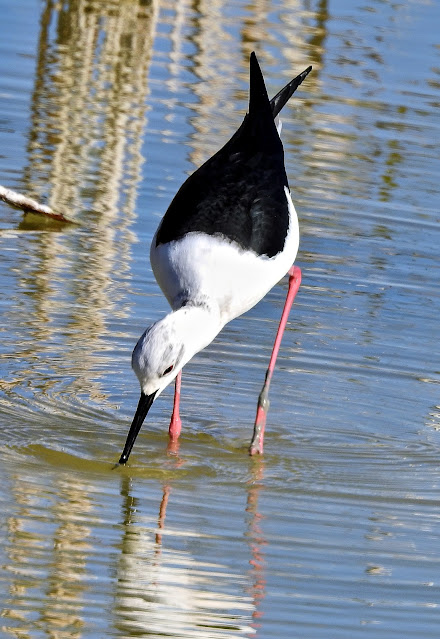The Black-winged Stilt has a wide range, extending across Europe, Asia, and Africa. Some populations migrate to coastal regions in winter, while others in milder climates may remain resident or engage in short-range movements.
Black-winged Stilts are often seen foraging in shallow waters, gracefully picking insects and crustaceans from the surface. They are known to nest in small groups, sometimes alongside avocets, and exhibit a variety of courtship behaviors, including intricate displays and duets.
The flight call of the Black-winged Stilt is a sharp and clear kleek, typically heard during its aerial maneuvers.
Nests are simple bare spots on the ground near water. These birds are communal nesters and may breed in loose colonies. They have been known to breed as far north as Britain, with recent successful breeding events recorded in Southern and Northern England.
The Black-winged Stilt can be confused with other stilt species, such as the Black-necked Stilt (H. mexicanus) in the Americas, the White-backed Stilt (H. melanurus), and the Pied Stilt (H. leucocephalus) in Australasia and New Zealand.
Their diet consists mainly of insects and crustaceans, which they deftly pick from the water's surface or from wet sand.




































